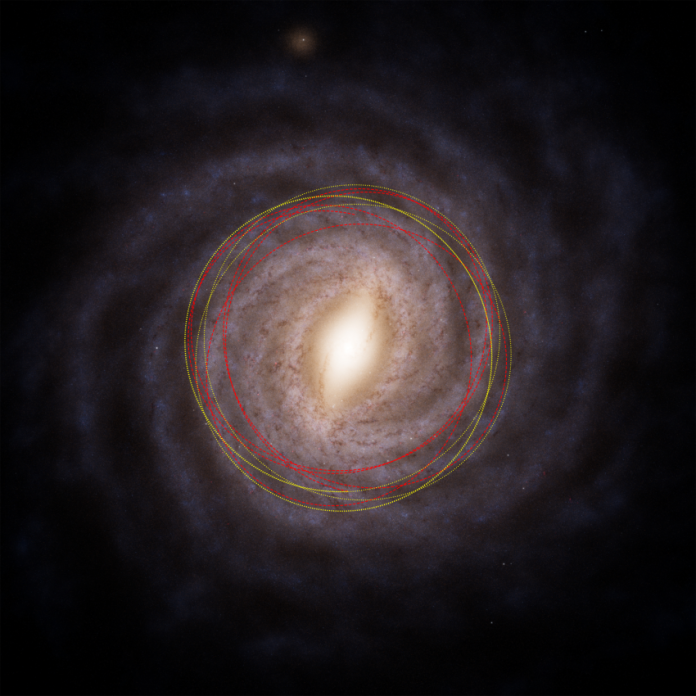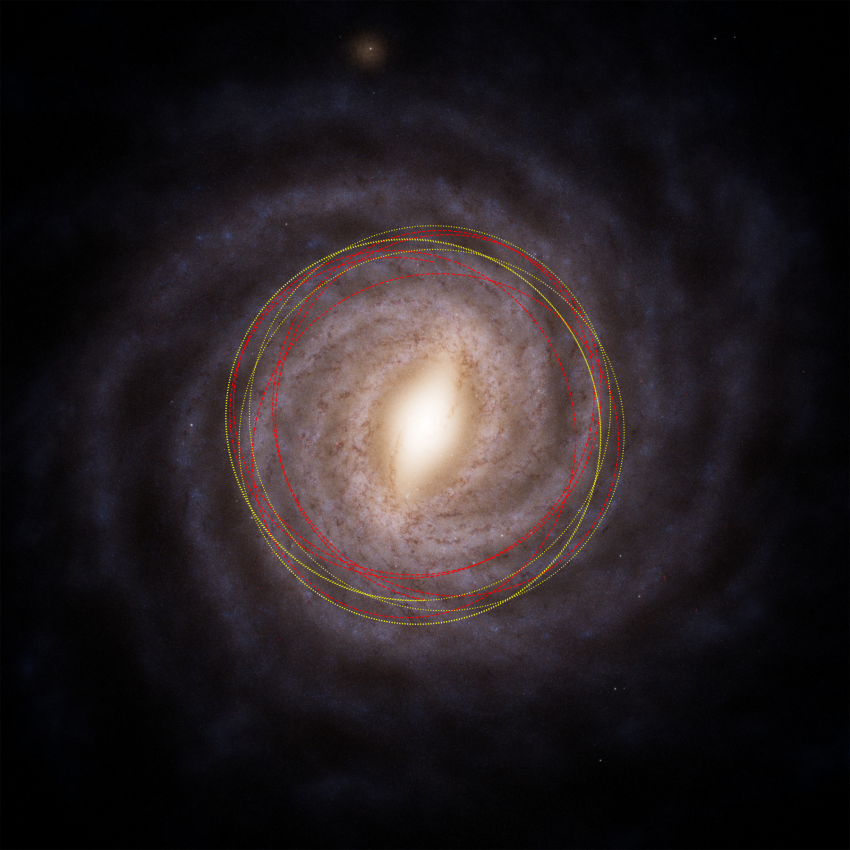
It is fantastically unlikely for an object from another star system to enter our cosmic neighborhood less likely still to have a hope of catching up to it. And 3I/ATLAS, just the third known interstellar visitor, is already tearing through the solar system at almost 60 kilometers per second, providing a brief window for direct observation before it vanishes forever.

1. A Visitor from the Galactic Thick Disk
Found by NASA’s ATLAS survey in Chile on July 1, 2025, 3I/ATLAS has a hyperbolic orbit with an eccentricity of approximately 6.2 and an inclination of almost 175 degrees, unmistakable hallmarks of interstellar origin. Its spectral analysis indicates a red, featureless reflectance like D-type asteroids and active Centaurs, and its galactic velocity indicates a source in the Milky Way thick disk suggesting an age of 3 to 11 billion years. On October 30, at perihelion, it will be 1.36 astronomical units from the Sun, just within Mars’s orbit, before returning to interstellar space.
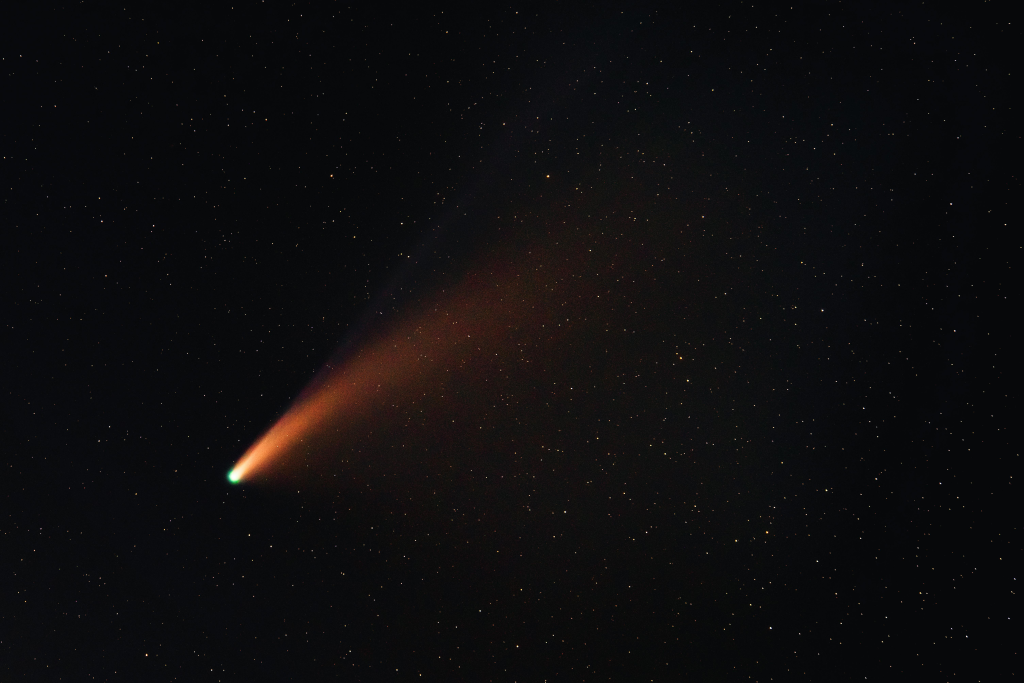
2. The Scientific Prize of an Intercept
A flyby would provide compositional and isotopic analyses of its ices, dust, and organics, and high-resolution imaging of its nucleus, shape, and spin state. Such information would shed light on the formation of planetesimals in other planetary systems and how volatiles and prebiotic compounds may be delivered to life-bearing planets. According to Atsuhiro Yaginuma of Michigan State University, “It’s essential to see comets at their perihelion when they’re at their nearest point to the sun and 3I/ATLAS will not be visible from Earth at that time.”
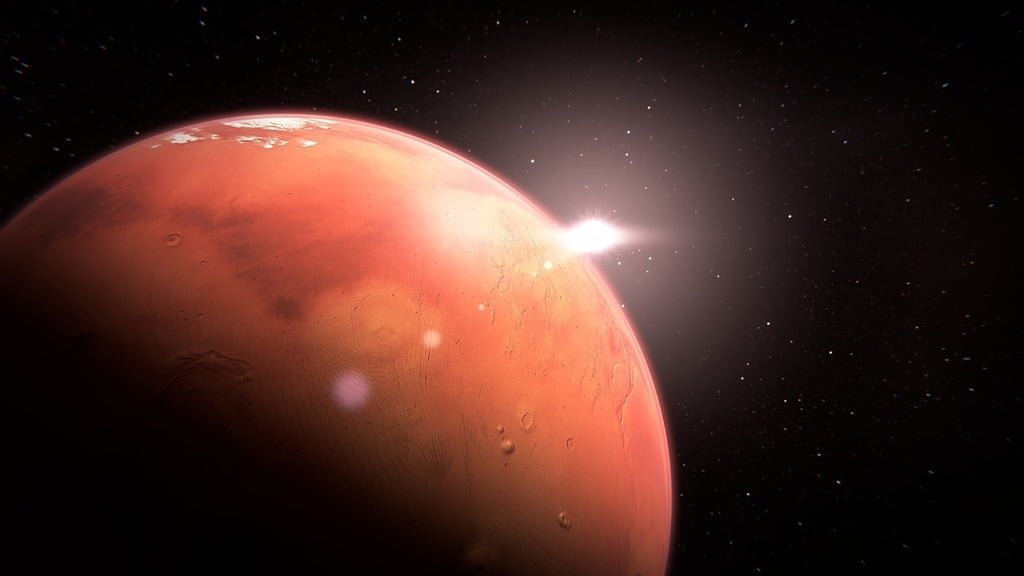
3. The Delta-v Barrier
From Earth, a post-discovery intercept would take an initial delta-v of about 24 km/s a step beyond the capabilities of existing chemical propulsion for a fast-response mission. Mars is a more favorable geometry: a launch in mid-2025 could take advantage of the comet’s 0.2 AU flyby of the Red Planet with a delta-v of about 5 km/s. This extreme contrast highlights the dominance of orbital mechanics in the mission’s viability.

4. Repurposing Existing Spacecraft
With the limited window of time, scientists are taking a look at spacecraft that are already deep space. NASA’s Juno, in a polar orbit at Jupiter since 2016, would in theory be able to be redirected with a Jupiter Oberth maneuver. A 2.675 km/s thrust in September 2025 would establish a March 14, 2026 flyby distance of 53.6 million kilometers from Jupiter. Juno’s payload from a microwave radiometer to a UV spectrograph might sample the object’s composition and activity in situ. But critics such as Penn State’s Jason Wright caution that “Juno does not have enough fuel to visit 3I/ATLAS. Its main engine is also malfunctioning.”
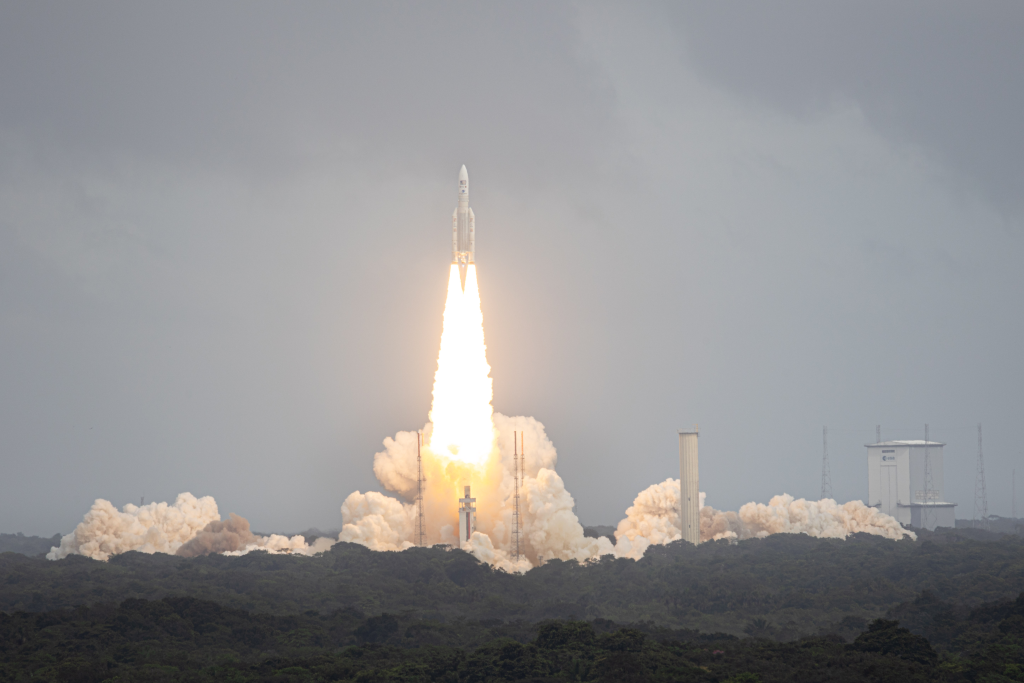
5. The JUICE and Mars Orbiter Options
ESA’s Jupiter Icy Moons Explorer (JUICE), on its way to Jupiter, has greater fuel margin than Juno but is committed to a complicated gravity-assist orbit. ESA officials warn that “astro-dynamics is more complicated than what we see in sci-fi movies” and hence diversion is unlikely. Mars orbiters NASA’s Odyssey, Mars Reconnaissance Orbiter, MAVEN, and ESA’s Mars Express may, with a ~10 km/s delta-v, be able to intercept during the comet’s close flyby in October. The feasibility hinges on remaining propellant and rapid mission planning.

6. Instrumentation for a High-Speed Encounter
At relative speeds above 60 km/s, encounter design needs to accommodate targeting precision, rates of data acquisition, and image smear. Experience from New Horizons’ 14 km/s Pluto flyby indicates the necessity for autonomous navigation and high-speed image processing. Postulated payloads on such missions include UV/visible/IR spectrometers, dust analysers, and guided impactors similar to ideas in the “Bridge” mission study for interstellar object flybys.

7. Differentiating Natural and Artificial
Avi Loeb stresses the importance of measuring non-gravitational acceleration to test whether 3I/ATLAS is a dust-rich comet or an engineering object. Observations to date show a dust glow in front of the nucleus but no detectable gas, with mass loss rates of up to 60 kg/s for 100-micron particles. Predicted accelerations are from 6×10⁻¹¹ to 4×10⁻⁷ cm/s² orders of magnitude less than the anomalous push reported for 1I/ʻOumuamua. Post-perihelion trajectory deviations might suggest propulsion.
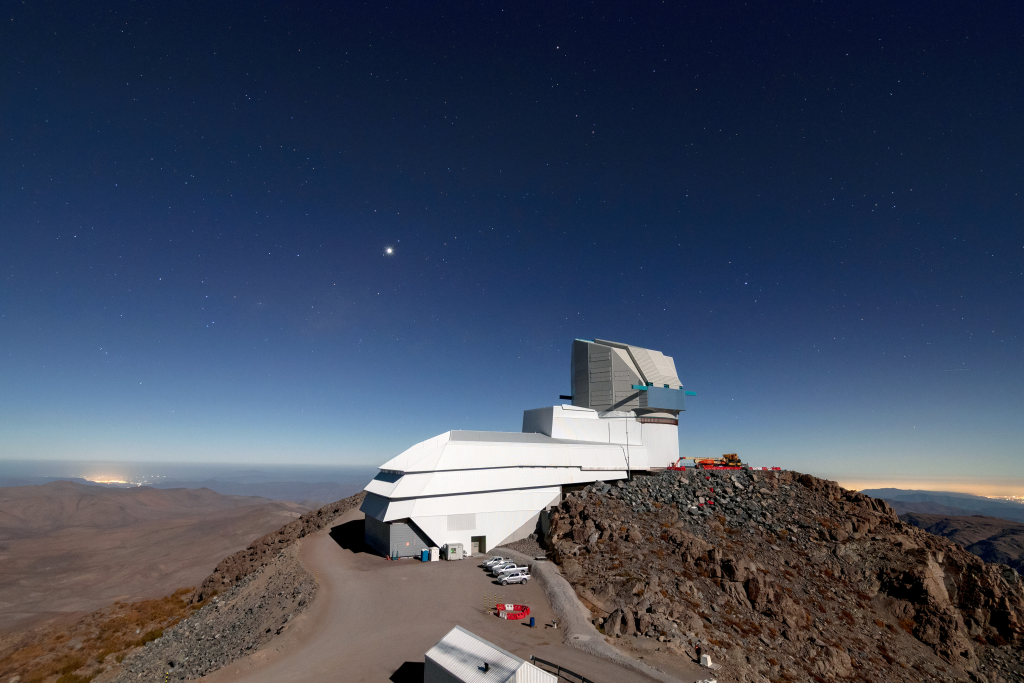
8. The Mission of Future Survey Infrastructure
The Vera C. Rubin Observatory, starting its Legacy Survey of Space and Time, will be able to detect 6–51 interstellar objects in a decade, allowing for earlier planning of intercepts. ESA’s Comet Interceptor, flying in 2029 to the Sun–Earth L2 point, will wait for such targets, poised to send forth multiple probes for multi-pointing observations.
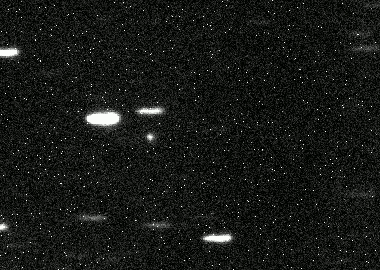
9. Engineering Lessons for Rapid-Response Missions
3I/ATLAS highlights the utility of “parked” spacecraft in strategic orbits, modular payloads, and high-thrust propulsion for unexpected opportunities. Concepts cover distributed statite clusters and solar sail architectures for extended loitering. The trick is to minimize latency from detection to launch, lowering delta-v requirements and increasing mission windows.
Time is ticking. By 2026, early at that, 3I/ATLAS will be history, its secrets taken back into the darkness between stars. Whether any spacecraft intercepts it in the emptiness will be a matter of engineering quickness, orbital dynamics, and the willingness to take a one-time opportunity.
